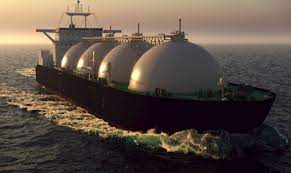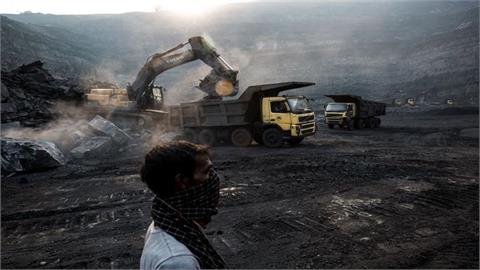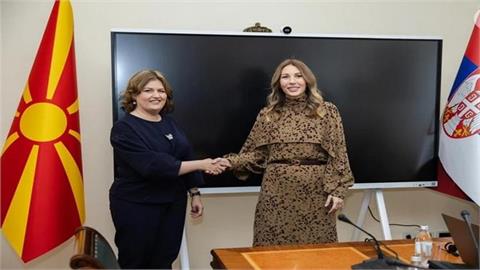by Ellie Holbrook* Europe does not have enough LNG import capacity to entirely replace Russian pipeline gas supplies, should these halt or be hit by international sanctions in the event of a conflict between Russia and Ukraine
A complete halt of Russian flows to Europe remains an extremely unlikely scenario. But the US government is assuming that transit through Ukraine would be cut in the event of an invasion and has also been preparing for the event of Russian supplies to Europe stopping altogether, even though it considers it less likely. In recent months, members of the European parliament have also called for the EU to phase out Russian gas imports.
With limited flexibility left with which to increase production or pipeline imports, ensuring sufficient gas supply to Europe in the event of a complete halt in Russian deliveries would fall almost entirely to the region's LNG terminals, which have already been bearing the brunt of offsetting dwindling Russian flows in recent months. Russian flows to Europe reached a low of about 10.3bn m³ (8mn t of LNG equivalent) in December, compared with 14bn m³ (10.9mn t of LNG) in December 2020. By contrast, LNG deliveries to Europe — excluding Turkey — rose to 6.90mn t last month, from 5.25mn t a year earlier, data from oil analytics firm Vortexa show.
As Russian pipeline flows have slowed further this month, Europe ramped up its LNG receipts, which have already totalled 8.6mn t since the start of January, on track to reach a new monthly record. Gazprom sales to Europe, excluding the Baltic states and Turkey, may have been about 3.25bn m³ (2.5mn t of LNG) in the first half of this month, based on the company's statements. Europe would have been short of about 1mn t of LNG this month if Russian flows had completely stopped, even with import terminals running at full capacity.
But terminal capacity caps how much Europe can rely on LNG, particularly during periods of peak demand, even before supply availability is considered.
* Senior reporter for Argusmedia on gas/LNG, energy markets, Russia and LatAm
(for further reading, visit argusmedia.com)




